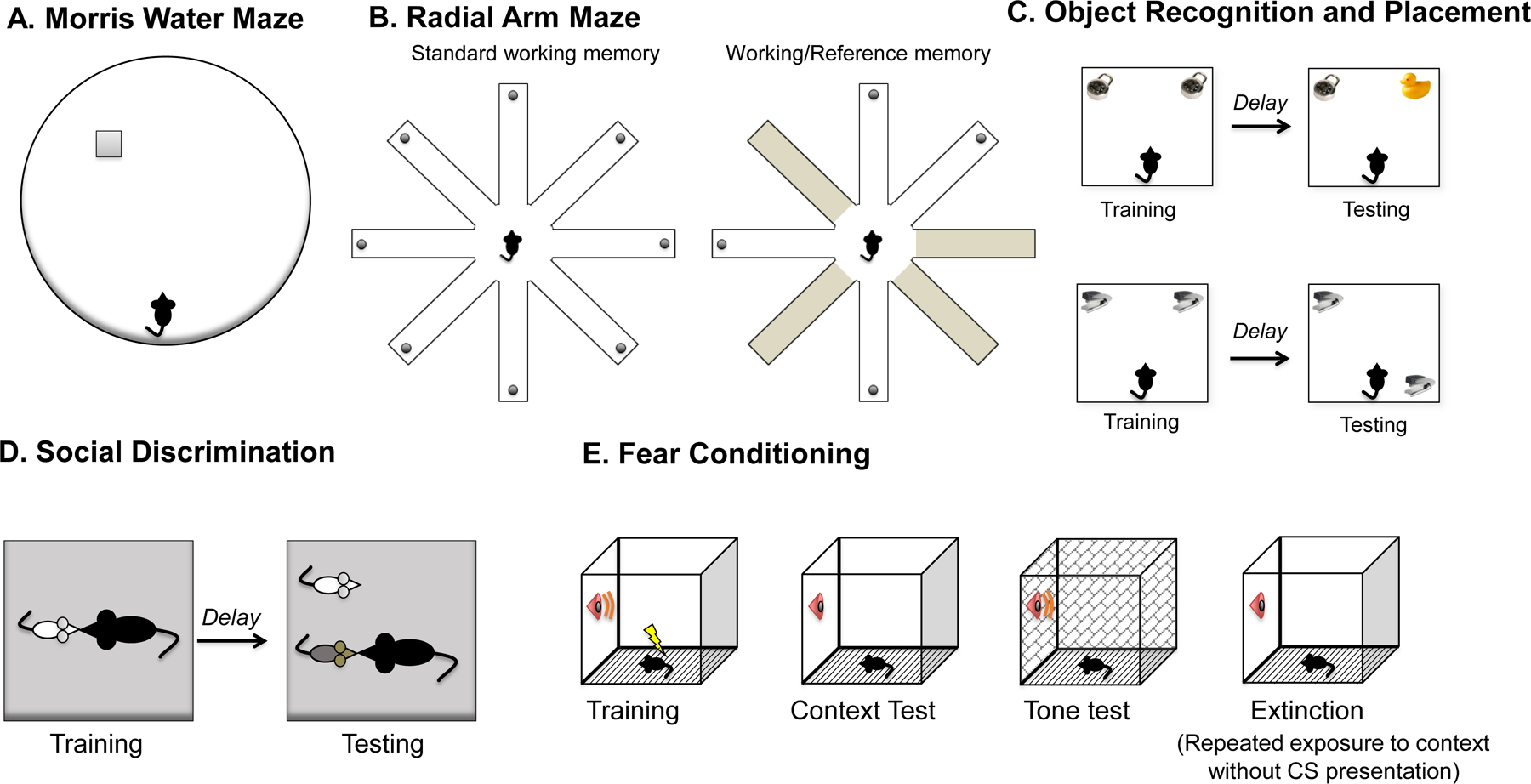Fig. 2 |. Behavioural approaches to studying oestrogenic effects on memory.

a | The Morris water maze tests a rodent’s ability to navigate in space and remember the location of spatial cues in the environment229,230. Rodents are placed in a large round pool of water made opaque with nontoxic paint or powdered milk, and must use extramaze spatial cues to navigate to a platform hidden just below the surface of the water229,230. Measures of performance include time to reach the platform, distance swum and swim speed. During probe trials in which the hidden platform is inaccessible to subjects for a portion of, or throughout, the trial, memory for the platform location can be assessed by measuring the number of times that animals cross the platform location and/or the time spent in close proximity to the location of the platform. b | The radial arm maze also tests spatial navigation abilities. Food- or water-restricted subjects traverse a wheel-shaped maze in which they must retrieve food or water rewards from the ends of 8 or 12 long arms that radiate from a round central platform231,232. Rewards are not replaced, so animals should visit each arm only once. In the standard version, all arms are baited to measure working memory, which is memory for information that changes from trial to trial. In a common variation, half of the arms are baited to measure working memory and half are never baited to measure reference memory, or memory for information that does not change from trial to trial. c | Object recognition and object placement tasks typically consist of a training trial, during which animals explore objects in an open field for 5–20 minutes, followed by a delay (minutes to days) and a single testing phase, during which a new object is introduced (object recognition) or a training object is moved (object placement)233,234. Because rodents are drawn to novelty, animals that remember the identity and location of the training objects will spend more time than chance with a novel of moved object during testing. d | Social recognition can be tested using a habituation–dishabituation task or a social discrimination task. In habituation–dishabituation, subjects are repeatedly exposed to the same stimulus conspecific, leading to a decrease in investigative behavior (habituation) as the stimulus animal becomes known. Animals are then exposed to a novel conspecific, and, if social recognition memory is intact, investigative behaviour returns (dishabituation). In social discrimination, animals undergo a test trial where they are simultaneously exposed to a familiar conspecific, seen previously in habituation trials, and a novel conspecific. Increased investigative behaviour of the novel conspecific is indicative of intact social recognition memory. e | Fear memory is most commonly studied using classical conditioning paradigms that pair a stimulus (a cue or context) with a foot shock, generating a learned association that leads to fear responses (such as freezing) upon subsequent presentations of the conditioned stimulus (CS). Cued and contextual fear conditioning differ in their underlying neurocircuitry, with cued fear being independent of hippocampal function, and contextual fear requiring hippocampal input235. Extinction can be tested with repeated presentation of the context in the absence of CS presentation236. Figure adapted with permission from Frick and Fortress (2015)236.
